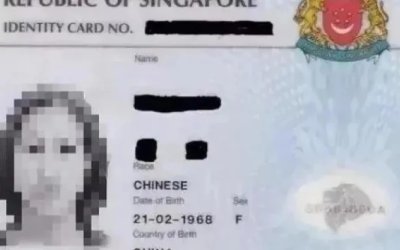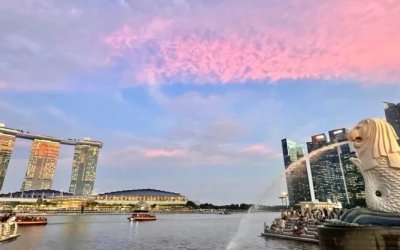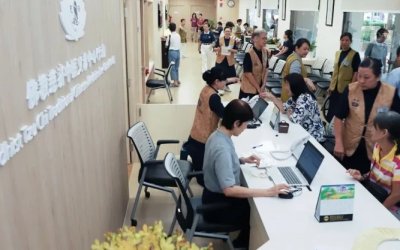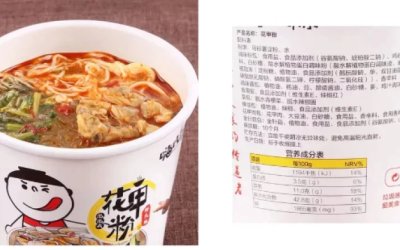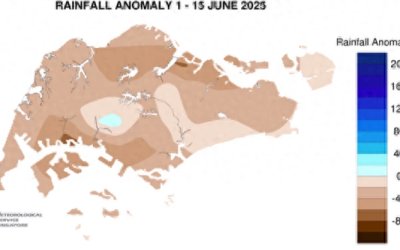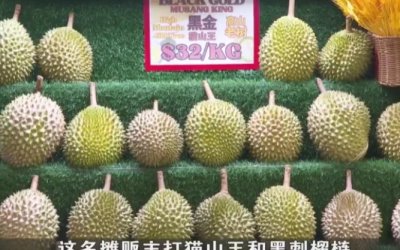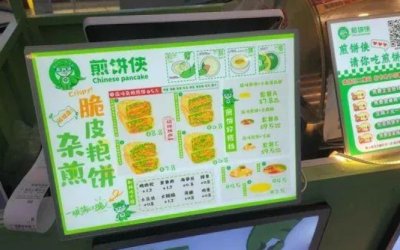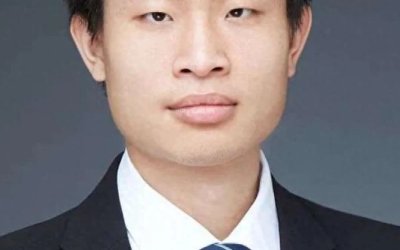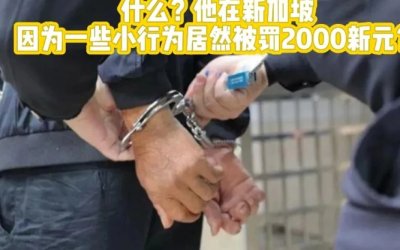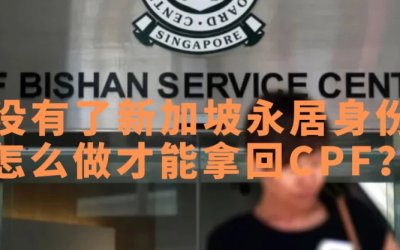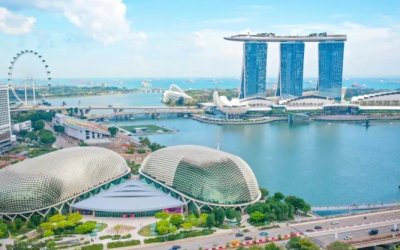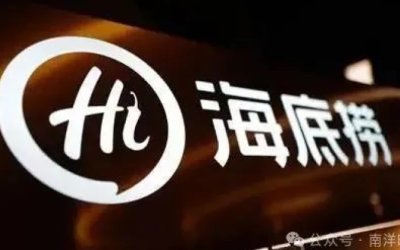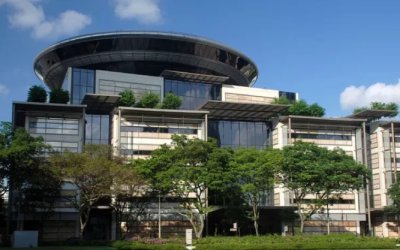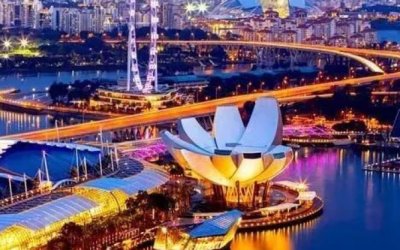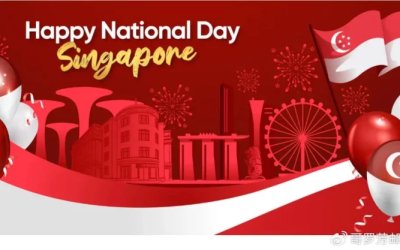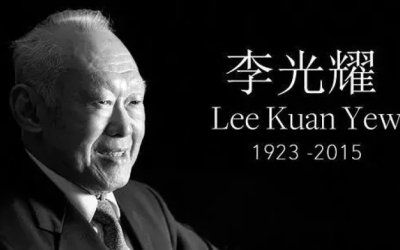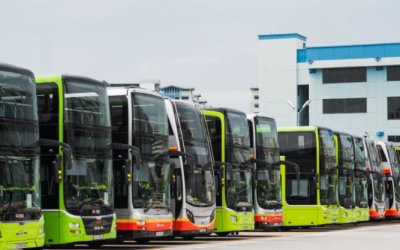新加坡人的明智回答:為什麼新加坡不在中國和美國之間選邊站?
新加坡領導人稱,東協成員國不想在華盛頓和北京之間選邊站隊。「沒有人願意處於我們必須遏制中國崛起或限制美國存在的境地。」他還表示,「在該地區朝任何一個方向採取的任何舉動都不會有多少國家跟隨,因為東協沒有人希望看到爆發『新冷戰』」。在海外問答網站Quora上,美國網友問:為什麼新加坡不在中國和美國之間選邊站?我們看看各國網友的回答。
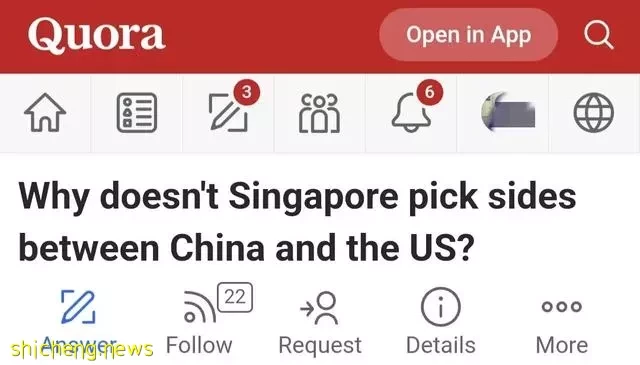

新加坡網友Chance Teo的回答
Only children choose to take sides in a fight, while adults value profit.
只有孩子在打架時才選擇站在一邊,而成年人則看重利益。
Taking sides means completely siding with one country and enmity with another. It's a very old Cold War mentality. Now in the 21st century, we are concerned about the thinking of a community of common destiny. There can be only one winner in the Cold War, but cooperation can achieve win-win results. Countries around the world should strengthen communication and cooperation.
選擇站隊意味著完全倒向一個國家,敵視另一個國家。這是一種非常古老的冷戰思維。現在是21世紀,我們關注的是命運共同體的思考。冷戰只有一個贏家,但合作可以實現共贏。世界各國應加強溝通與合作。
1. Status Quo of Singapore (geographical Advantages)
1、新加坡現狀(地理優勢)
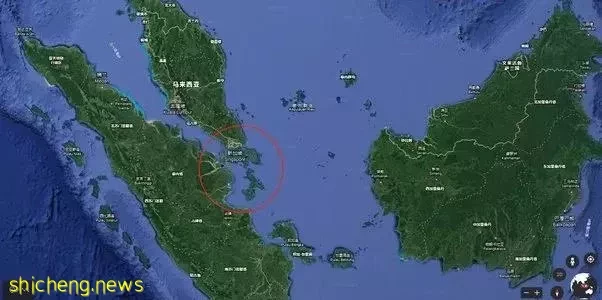
The geographical environment of a country is the most basic condition for its development. Why has America become the most powerful country in the world? Why has the British Navy been so powerful throughout history? Why has China's territory barely changed for thousands of years? Why is Russia always on the offensive? Geography plays a very important role in this. The premise of formulating national strategy is the accurate understanding of national geography.
一個國家的地理環境是其發展的最基本條件。為什麼美國能成為世界上最強大的國家?為什麼英國海軍在歷史上如此強大?為什麼中國的領土幾千年來幾乎沒有變化?為什麼俄羅斯總是保持進攻姿態?地理環境在其中起著非常重要的作用。制定國家戰略的前提是對國家地理的準確認識。
The extremely important geographical position determines the development direction and national strategy of Singapore.
極其重要的地理位置決定了新加坡的發展方向和國家戰略。
A. Excellent geographical location
A. 優越的地理位置
Located at the intersection of major shipping routes, Singapore is a major logistics hub and conduit for global trade. In the Logistics Performance Index released by the World Bank, Singapore was ranked as the best logistics hub in Asia. Singapore is an ideal place for large logistics companies to operate. Twenty of the world's top 25 logistics companies have operations in Singapore.
新加坡位於主要航線的交匯處,是全球貿易的主要物流樞紐和管道。在世界銀行發布的物流績效指數中,新加坡被評為亞洲最佳物流中心。新加坡是大型物流企業經營的理想之地。全球前25大物流企業中,有20家在新加坡開展業務。
B. Financial center
B. 金融中心
Singapore is also a very strong financial center in Asia, with more than 1,000 financial institutions, taking full advantage of a stable socio-political environment and strong economic fundamentals. Singapore's banking and finance sector employs 190,000 people and accounts for 12 per cent of its gross domestic product.
新加坡也是亞洲非常強大的金融中心,擁有1000多家金融機構,充分利用了穩定的社會政治環境和強大的經濟基礎因素。新加坡的銀行和金融業僱傭了19萬人,占其國內生產總值(GDP)的12%。
The Singapore International Financial Exchange (SIMEX) is Asia's first financial futures exchange and Singapore's main wealth management centre. In 2013, SIMEX managed over $1.8 trillion in assets, making it the fastest growing wealth management center in the world.
新加坡國際金融交易所(SIMEX)是亞洲首家金融期貨交易所,也是新加坡主要的財富管理中心。2013年,SIMEX管理著超過1.8萬億美元的資產,成為全球增長最快的財富管理中心。
2 Singapore's development direction (time advantage and leadership advantage)
2新加坡的發展方向(時間優勢和領導優勢)
The best thing about Singapore is that it has found its own direction and can find different directions at different stages. China has a saying called "time advantage, geographical advantage, leadership advantage", and Singapore has achieved it. If Singapore's geographical location is a "geographical advantage", then Singapore's leaders are a "leadership advantage" and different historical stages are a "time advantage".
新加坡最好的一點是,它找到了自己的發展方向,在不同的階段可以找到不同的方向。中國有句話叫「時間優勢、地理優勢、領導優勢」,新加坡做到了。如果新加坡的地理位置屬於「地理優勢」,那麼新加坡的領導者是「領導優勢」,不同的歷史階段是「時間優勢」。
(A) Export-oriented industries from 1965 to 1975
A. 1965年到1975年的出口導向型產業
Under the guidance of the export-oriented economy, Singapore began to develop labor-intensive industries. Early industries in Singapore were mainly vegetable oil, cosmetics, wigs, mosquito coils, hair creams, etc., and higher value-added industries were ship breaking and scrap steel coils.
在外向型經濟的導向下,新加坡開始發展勞動密集型產業。新加坡早期的產業主要是植物油、化妝品、假髮、蚊香、髮霜等,附加值較高的產業是拆船和廢鋼卷。
In October 1968, Texas Instruments began investing, followed by the National Semiconductor Plant. Then Texas Instruments' rival Hewlett-Packard decided to start manufacturing in Singapore. Other electronics companies in the United States followed suit. American multinationals have laid the foundation for Singapore's high-tech electronics industry. The electronics industry not only solved the problem of unemployment, but also enabled Singapore to become a major exporter of electronics in the 1980s.
1968年10月,德州儀器開始投資,緊接著是國家半導體工廠。後來,德州儀器的競爭對手惠普公司決定在新加坡開始生產。美國的其他電子公司也紛紛效仿。美國跨國公司為新加坡的高科技電子產業奠定了基礎。電子工業不僅解決了失業問題,而且使新加坡在20世紀80年代成為電子產品的主要出口國。
In 1975, Singapore's industry overtook trade as the largest component of the economy for the first time.
1975年,新加坡的工業首次超過貿易,成為經濟的最大組成部分。
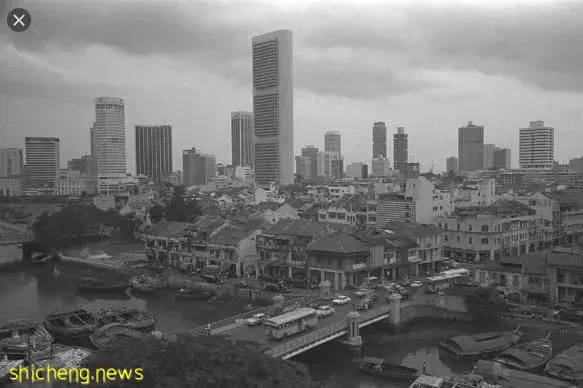
B. Capital-intensive industries and finance, 1975-1990
B. 1975 - 1990年的資本密集型產業和金融業
After 1975, Singapore focused on the development of capital-intensive industries and finance: petrochemicals, electronics, finance, and real estate. Under the trend of free competition in European and American countries, Singapore developed state capitalism and focused on national priorities. Do you think you know it?
